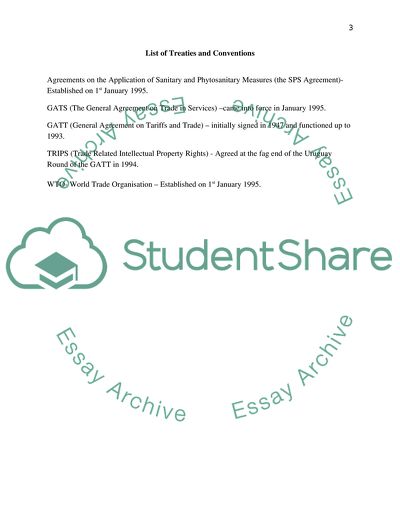Cite this document
(Non-Discrimination in WTO Agreements Dissertation - 1, n.d.)
Non-Discrimination in WTO Agreements Dissertation - 1. Retrieved from https://studentshare.org/law/1750294-critically-assess-the-scope-meaning-and-relevance-of-nondiscrimination
Non-Discrimination in WTO Agreements Dissertation - 1. Retrieved from https://studentshare.org/law/1750294-critically-assess-the-scope-meaning-and-relevance-of-nondiscrimination
(Non-Discrimination in WTO Agreements Dissertation - 1)
Non-Discrimination in WTO Agreements Dissertation - 1. https://studentshare.org/law/1750294-critically-assess-the-scope-meaning-and-relevance-of-nondiscrimination.
Non-Discrimination in WTO Agreements Dissertation - 1. https://studentshare.org/law/1750294-critically-assess-the-scope-meaning-and-relevance-of-nondiscrimination.
“Non-Discrimination in WTO Agreements Dissertation - 1”, n.d. https://studentshare.org/law/1750294-critically-assess-the-scope-meaning-and-relevance-of-nondiscrimination.


